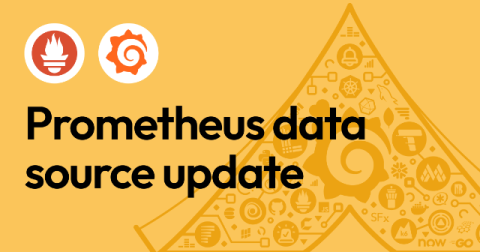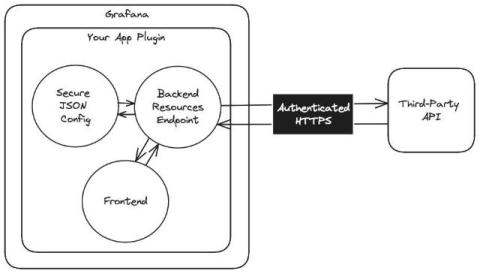How to integrate Okta logs with Grafana Loki for enhanced SIEM capabilities
Identity providers (IdPs) such as Okta play a crucial role in enterprise environments by providing seamless authentication and authorization experiences for users accessing organizational resources. These interactions generate a massive volume of event logs, containing valuable information like user details, geographical locations, IP addresses, and more. These logs are essential for security teams, especially in operations, because they’re used to detect and respond to incidents effectively.











